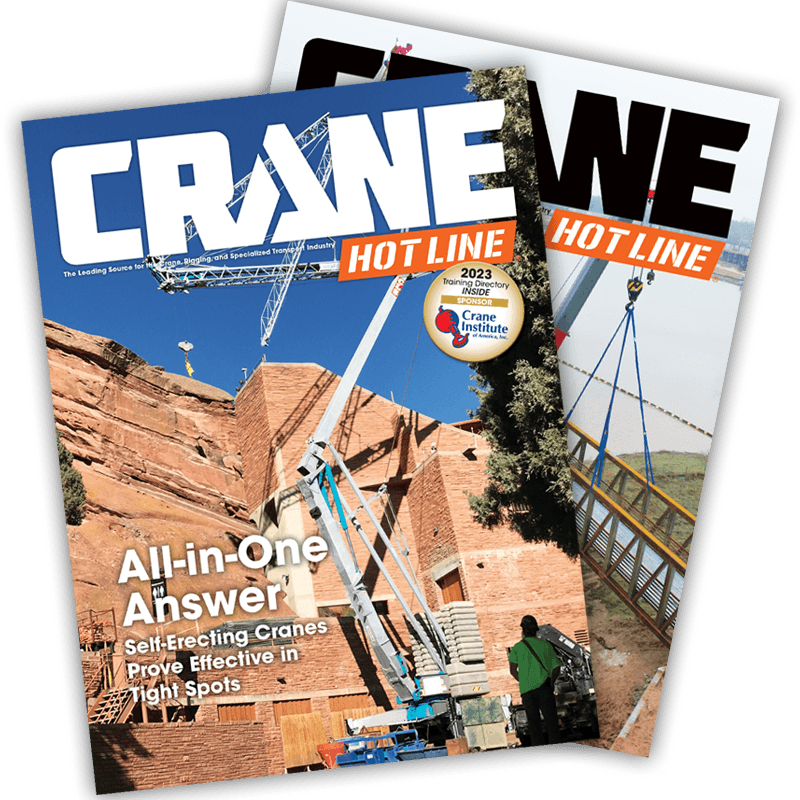Report Gives Recommendations on Crane Death Prevention
June 23, 2008 • An in-depth report on
The report's findings, released June 17, used Bureau of Labor Statistics' worker fatality data from 1992 to 2006 on construction workers: the numbers and causes of death, the trades of workers involved, the size of employers, and types of cranes involved.
The report gives eight recommendations to prevent fatalities and injuries from occurring. The recommendations, which draw from issues apparent in the findings and McCann's 34 years analyzing and writing about safety and health, suggest a national certification program for crane operators, crane inspectors, and for the signal persons and riggers who manage the crane load and its direction. Another recommendation is the thorough inspection of cranes by a certified crane inspector after the crane is assembled but before it is used. The report recommends that a crane load should not pass over street traffic, suggests OSHA conduct more thorough investigations and more detailed reporting of crane fatalities when they occur, and urges action on public comment and adoption of OSHA's proposed crane and derrick standards, including the recommendations within this report.
“The deaths of Donald Leo and Ramadan Kurtaj May 30 when a tower crane collapsed in
“We need to hold government accountable for its role in ensuring the lives of
Despite the media attention given recent crane collapses, the CPWR report found the leading cause of death among workers was electrocution when the crane touched an overhead power line. Of the 323 worker deaths recorded by BLS, 102 workers (32 percent) were electrocuted and 68 workers (21 percent) died because of a crane collapse. Of the 59 deaths (18 percent) of workers struck by crane boom/jib, 52 deaths were caused by falling booms or jibs. A falling boom or jib can happen when the crane is being assembled or dismantled. Other causes of crane-related deaths are described in the report.
The findings show more than half of worker deaths were among construction laborers and heavy equipment operators. Workers employed by small contractors represent a large portion (about one-third) of total deaths. Although tower crane collapses are dramatic, most crane-related deaths involved mobile cranes. The intersection of electrocutions from power lines and mobile cranes bears noting.
“Construction workers are counting on employers and OSHA to keep them safe on the job,” said Edward Malloy, president of both the Greater New York and the
“OSHA needs to put in place its safety standards for cranes and derricks, which have been gathering dust at that agency for four years,” said Ayers. “In 2003, OSHA established a rulemaking committee that had representatives of suppliers, manufacturers and users on it. They produced a consensus document in July of 2004, and OSHA has failed to move it to the next step, publishing the proposed standard. Secretary Chao's December 2007 regulatory plan stated they would have the standard proposed by January 2008, and that didn't happen. Then the May 2008 plan said it would be out August 2008. Meanwhile, more construction workers die, bystanders and first responders are injured, killed and put at risk, and we wait for OSHA to act.”
Research for this report was funded by CPWR • The Center for Construction Research and Training, using a grant from the National Institute of Occupational Safety and Health (NIOSH). The contents are solely the responsibility of the authors and do not necessarily represent the official views of NIOSH.


